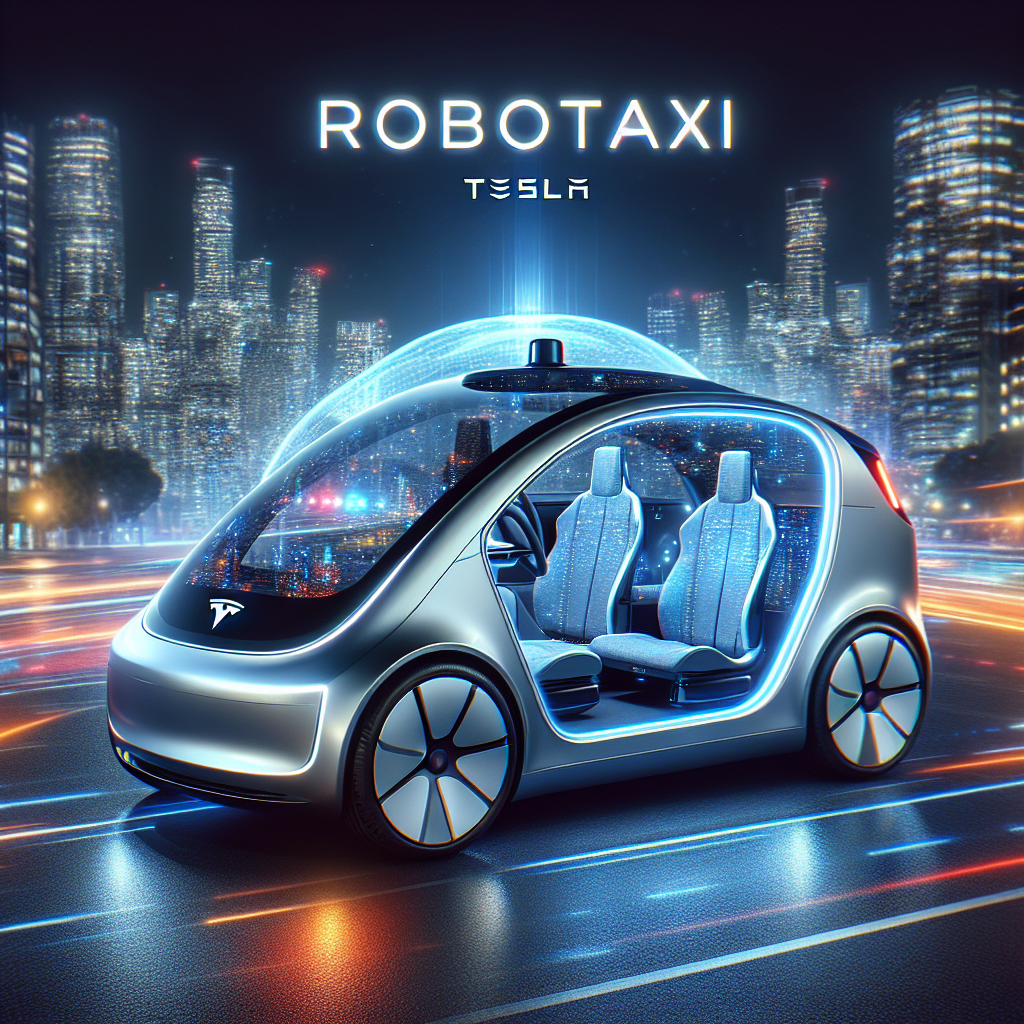Tesla Launches Robotaxi Service: Exploring the Future of Autonomous Transport
Tesla begins its robotaxi service in Austin, deploying Model Y SUVs with stringent safety measures, featuring remote human monitoring. Teleoperation supports these vehicles in overcoming challenges, echoing industry-wide trends. Concerns over reliability and safety persist, as the technology depends on stable data connections, highlighting limitations of current systems.

Tesla has initiated its long-anticipated robotaxi service in Austin, Texas, introducing Model Y SUVs which operate under predetermined constraints. On Sunday, rides were offered for a $4.20 flat fee, according to CEO Elon Musk's post on X. Social media influencers were spotted utilizing the service in various Austin locales, as highlighted in videos shared by Musk.
Musk revealed Tesla's heightened focus on safety, implementing remote human monitoring for the fleet, complemented by safety monitors positioned in the front passenger seats. This practice, known in the autonomous vehicle sector as "teleoperation," offers multiple advantages but presents substantial limitations. It's widely used by numerous robotaxi startups globally to train and intervene with autonomous vehicles.
The global robotaxi industry remains largely experimental, deploying vehicles in restricted geographic scopes to refine artificial intelligence software. Teleoperation enables operators to intervene when vehicle decisions are unclear. Renowned companies, like Alphabet's Waymo, employ human "fleet response" agents to handle queries from their autonomous systems, illustrating the integration of human oversight in such technologies.
(With inputs from agencies.)
- READ MORE ON:
- Tesla
- robotaxi
- Austin
- Elon Musk
- teleoperation
- autonomous vehicles
- safety
- technology
- AI
- transport
ALSO READ
Kabul Market Blaze Highlights Urgent Need for Safety Measures
Maharashtra Road Safety Council's Unmet Mandate Raises Concerns
NASA Delays Boeing Starliner Crew Flight to 2026 Amid Safety Evaluations
China Bolsters Marine Safety with New Tsunami Centre and Deep-Sea Test Facility
Tragic Train Incident Sparks Safety Debate










